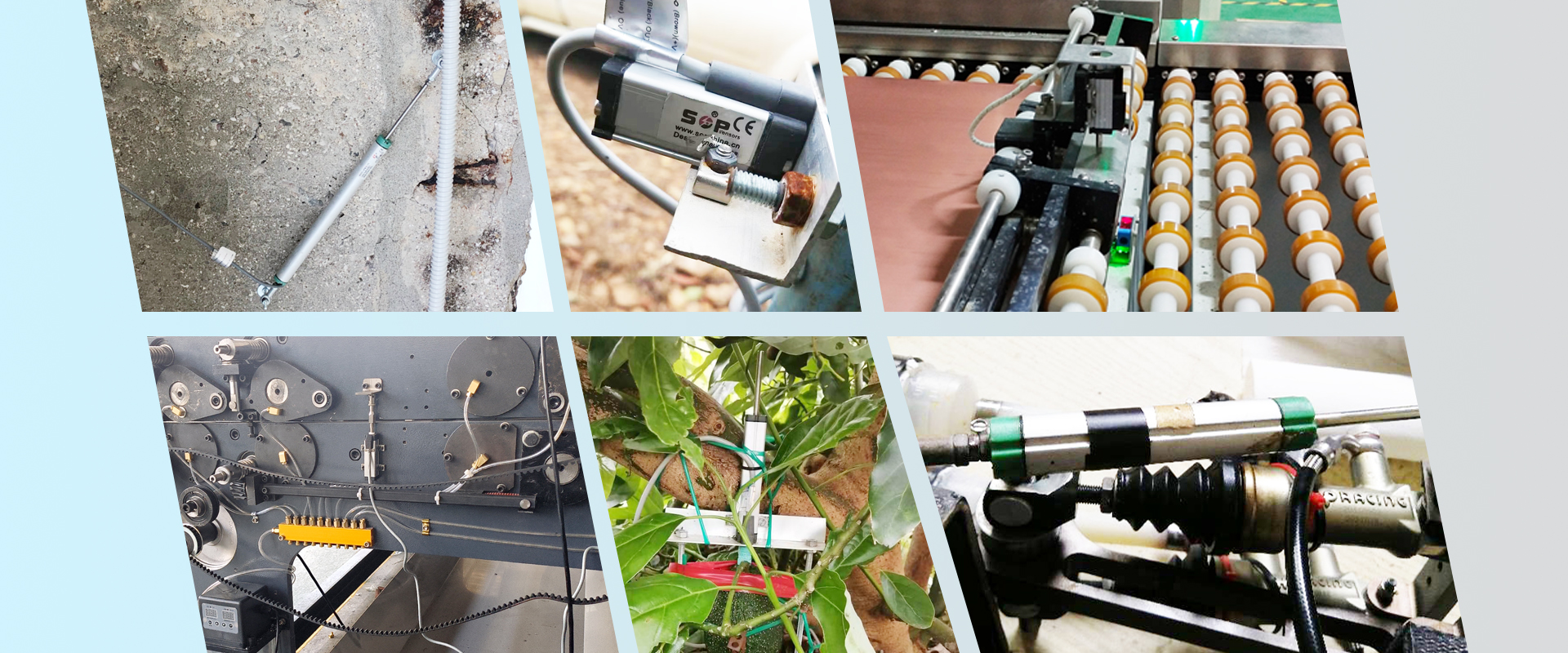Common Faults And Troubleshooting Methods Of Linear Displacement Sensors
Common Faults And Troubleshooting Methods Of Linear Displacement Sensors
Linear displacement sensor, also known as linear sensor, is a linear device belonging to metal induction. The function of the sensor is to convert various measured physical quantities into electrical quantities. In the production process, displacement measurement is generally divided into two types: measuring physical dimensions and measuring mechanical displacement. According to the form of transformation of the measured variable, displacement sensors can be divided into two types: analog and digital. Simulation can be divided into two types: physical type and structural type. Commonly used are analog structural types, including potentiometer displacement sensors, inductive displacement sensors, self-tuning machines, capacitive displacement sensors, eddy current displacement sensors, Hall displacement sensors, etc. An important advantage of digital displacement sensors is that they facilitate the direct transmission of signals into computer systems. This type of sensor is developing rapidly and its applications are becoming increasingly widespread.
The working principle of a linear displacement sensor is the same as that of a sliding potentiometer. It is used as a voltage divider, and the displacement sensor presents the actual position of the measured position with relative output voltage. There are several requirements for the operation of this device, including the following:
1. If the electronic ruler has been used for a long time, and the seal has aged, mixed with many impurities, and the water mixture and oil will seriously affect the contact resistance of the electric brush, the displayed numbers will keep jumping. At this point, it can be said that the electronic ruler of the linear displacement sensor is damaged and needs to be replaced.
2. If the capacity of the power supply is very small, many situations may occur, so the power supply needs to have sufficient capacity. So, if the capacity is insufficient, it will cause the following situations: the movement of the melt adhesive will cause the display of the mold closing electronic ruler to change and fluctuate, or the movement of the mold closing will cause the display of the injection electronic ruler to fluctuate, resulting in significant measurement errors. If the driving power supply of the solenoid valve is combined with the power supply of the linear displacement sensor, the above situation is more likely to occur. In severe cases, the voltage range of the multimeter can even measure the relevant voltage fluctuations. If the situation is not caused by high-frequency interference, electrostatic interference, or insufficient neutrality, then it may be due to the power supply being too low.
3. Both frequency modulation interference and electrostatic interference may cause the display numbers of the electronic ruler of the linear displacement sensor to jump. The signal line of the displacement sensor electronic ruler and the strong current line of the equipment should be separated in separate cable trays. It is mandatory to use a grounding bracket for the electronic ruler, and at the same time, ensure that the outer shell of the electronic ruler is in good contact with the ground. The signal line needs to use shielded wire, and a section of the electrical box should be grounded to the shielded wire. If there is high-frequency interference, the voltage measurement using a multimeter usually shows normal, but the displayed number will jump continuously; When static interference occurs, the situation is the same as high-frequency interference.



